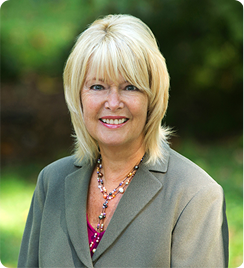
Some of you may listen to the NPR Quiz Show, “Wait, wait don’t tell me”, or have been in that frustrating state of trying to remember or do something and imploring someone, “Wait, don’t tell me”… Along with the desire to come up with the answer independently, is the satisfaction of figuring it out on your own.
This past week I encountered that situation. Every year I participate in a psychotherapy conference in Washington DC. In addition to clinical courses, creative arts workshops are offered to allow us to grow by getting out of our heads and using our bodies. I chose the Clay class.
I’ve always admired and collected ceramics and wondered how it would be to create a clay piece. Our instructor gave us tools, clay, brief demos, colleagues for support, and permission to play. It was heaven manipulating the clay and seeing what emerged. We worked on small tables of 5, all creating unique projects.
After watching people throw pots on a wheel, I was intrigued to try it myself. Maybe this could become a hobby for me and I would become good at it. In addition to supporting artists, I could become one and share my gifts with others… To be honest, I wasn’t dreaming that far afield. I was just curious to try something new.
Another student centered a blob of clay on my wheel and then it was me alone with the clay. Being mindful of the instructor’s demonstration, I started the wheel and touched the cold clay.
I didn’t really know what I was doing, but took my cue from the clay. When it felt dry and my hands couldn’t shape it, I would add water. When it seemed off center, I gently moved it back into equilibrium. It felt like the moving wheel and clay were in charge and I was a minor onlooker. This was fun.
No one was there telling me how to do it. At times I thought, “I need to ask for help, I need to find the correct way to do this”. But just as quickly as that urge arose, I responded with “Wait, see if you can figure it out on your own”. I liked that freedom and risk taking.
I doubted something huge could go wrong. At one point I drew out a thin lip of the pot. It looked cool and then, in a flash it flew off the wheel. Oh well, that was ok. I just started over. No biggie.
“We cannot teach people anything, we can only help them discover it within themselves”
Galileo
What were my take aways from that day with clay? I enjoyed the hand building and wheel working experiences. I felt relaxed expressing myself with my hands. And felt positive that clay is something I’d like to try again. I challenged those early childhood messages, “You don’t have talent”, by simply investigating an interest.
Why not pursue something new and different that exposes you to unique experiences? Why not stretch yourself?
What does playing with clay have to do with Career Transitions? Getting curious about an alternate career field or job happens when people are ready for a change. That urge to shake things up and immerse yourself in another environment represents a voice calling you. You’ve heard it.
Sometimes you ignore the call because you can’t attend to it right away. Sometimes it gets so loud or falls in your lap that you just have to take it on. Sometimes you give yourself permission to take a peek.
Just like in clay class, you need some orientation, some tools, some encouragement and even some fellow seekers to support you. You may charge ahead with purpose or feel lost and want some direction.
Based on my experience, I encourage you to make times when you follow your heart, investigate interests, avoid asking for the answer first and envelop yourself in the multiple possibilities.
Steps to get started:
Ask what’s calling you
Find a way to experience it
Engage your head and body
What are the lessons?
Decide what’s next
Happy Trails and see you on the path!















